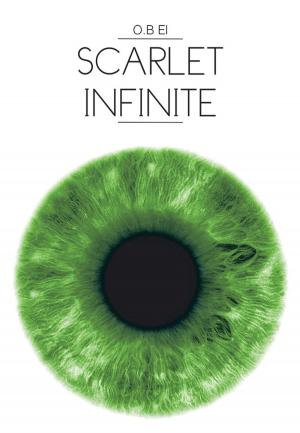Imagine If Einstein Was Wrong
Nonfiction, Science & Nature, Science, Physics, Astrophysics & Space Science| Author: | Phil Bouchard | ISBN: | 9781496924025 |
| Publisher: | AuthorHouse | Publication: | July 8, 2014 |
| Imprint: | AuthorHouse | Language: | English |
| Author: | Phil Bouchard |
| ISBN: | 9781496924025 |
| Publisher: | AuthorHouse |
| Publication: | July 8, 2014 |
| Imprint: | AuthorHouse |
| Language: | English |
In this book a new mathematical model is being suggested which is based on the classical mechanics. The theory is objective and predicts low scale GPS gravitational time dilation, perihelion precession disparity, gravitational light bending, artificial faster-than-light motion, up to the rotation curve for all galaxies, natural faster-than-light galactic expansion and can consequently be used to determine the ultimate scale of the Universe. In practical terms, this means: We can achieve infinite speed using basic nuclear fusion reactors with the adequate technology to cancel the effects of the gravitons. We can also attain time travel into the future with some small pod having an increased flux of gravitons traveling through. It follows levitation also derives from the theory. You will also find many reasons why General Relativity is wrong and how to verify this experimentally!
In this book a new mathematical model is being suggested which is based on the classical mechanics. The theory is objective and predicts low scale GPS gravitational time dilation, perihelion precession disparity, gravitational light bending, artificial faster-than-light motion, up to the rotation curve for all galaxies, natural faster-than-light galactic expansion and can consequently be used to determine the ultimate scale of the Universe. In practical terms, this means: We can achieve infinite speed using basic nuclear fusion reactors with the adequate technology to cancel the effects of the gravitons. We can also attain time travel into the future with some small pod having an increased flux of gravitons traveling through. It follows levitation also derives from the theory. You will also find many reasons why General Relativity is wrong and how to verify this experimentally!















